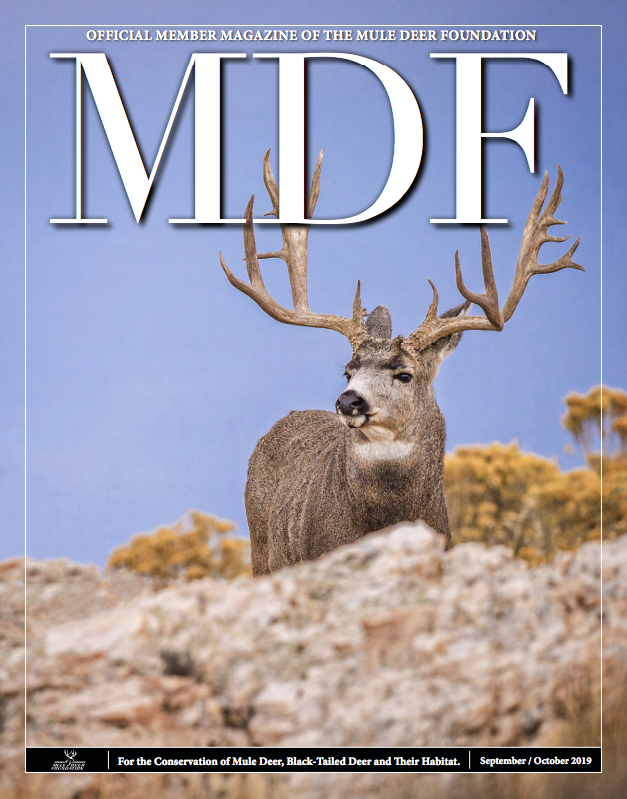I think most hunters would agree that it seems like mule deer populations have been on the decline over the last few decades. But, is that reality or just how we feel based on our experiences over the years and hearing stories of "the good old days"? Are some states doing better than others? Does a higher population correlate to better trophy potential? Find out the answers to these and other questions you may have in the article below by Dr. Michael Street.
Mule Deer Populations on the Decline?
Mule Deer Populations on the Decline?

